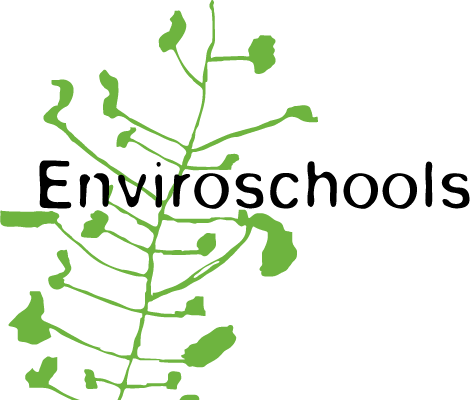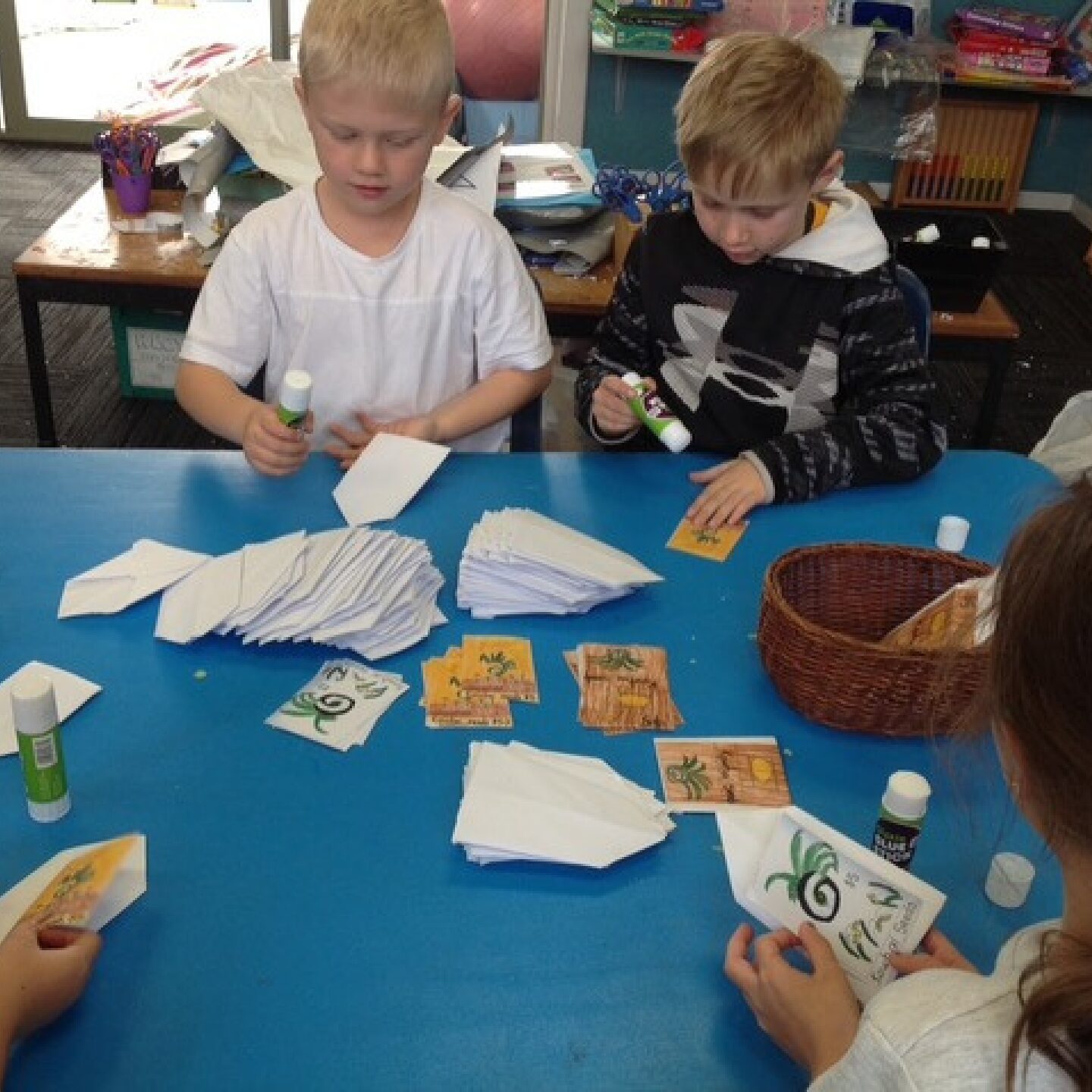‘Save the fantail’ project
Grovetown School’s Waihi class has embarked on a special project this year to save the fantails in their school forest.
Identify
The project came about as part of an inquiry: ‘How is our place unique?’. The class began by exploring and learning about the native, endemic and introduced animals and plants in their school. During this exploration, some of the children found empty fantail nests which prompted thinking about why the nests might be empty.
Some of the students’ ideas were:
“rats have eaten them” – “it is too cold for the eggs and chicks so birds don’t lay eggs in winter” – “the fantails think it’s too dangerous because of the rats and possibly stoats so they won’t lay eggs” – “the chicks have already hatched so they don’t need the nest” – “the mother has flown away with the grown-up chicks”.
Explore
The class watched some episodes of the “Fight for the Wild” documentary and learned about what DOC does. They decided they wanted to stop any rats in their school from eating the fantails, so they brainstormed some ways they could save the fantails. This led to the decision to raise money to buy traps.
Teacher Louise Hedlund read the children some articles from the School Journals about ways other children in New Zealand have raised money for their environment at school. One of the articles was about some children who collected and grew native trees which they planted locally and in their school. It was during a discussion about native trees and how they had planted the small native tree forest at the back of the school in 2018 that Siana said “I have some seeds we could grow”. After looking at Siana’s seeds which she had picked from a tree in the school forest and doing some research, they found that they were kōwhai seeds. The class came up with the idea of growing kōwhai trees from the seeds and selling them for money to buy traps to kill the rats. After a while, they decided they could also sell the seeds.
Take action
 The class had a business meeting to plan the process for selling the seeds. During the meeting, they brainstormed all their ideas and made some final decisions. Students decided to package the seeds in paper envelopes because they would last longer that way, and they designed labels for the seed packets. They learned how to make paper envelopes and made ‘kazillions’ of envelopes to package the seeds. A label competition resulted in the selection of three different labels for the packets because they couldn’t choose just one! Finally, they researched the price of kōwhai seeds in local shops and began advertising their seeds. The seeds were on sale for three weeks before they went into lockdown and in that time they raised over $200 for rat traps!
The class had a business meeting to plan the process for selling the seeds. During the meeting, they brainstormed all their ideas and made some final decisions. Students decided to package the seeds in paper envelopes because they would last longer that way, and they designed labels for the seed packets. They learned how to make paper envelopes and made ‘kazillions’ of envelopes to package the seeds. A label competition resulted in the selection of three different labels for the packets because they couldn’t choose just one! Finally, they researched the price of kōwhai seeds in local shops and began advertising their seeds. The seeds were on sale for three weeks before they went into lockdown and in that time they raised over $200 for rat traps!
The students’ next step was to create chew cards so they could find out where the rats were in their school. They also went hunting for fantails to see where they were living. While they were out setting the chew cards they discovered eight old rat traps that were damaged and rusty. They fixed them up plus bought some new traps and still had plenty of money leftover for peanut butter bait!
Exciting news!
The trapping work began and, at the start of November, the class caught their first rat! In anticipation of many more rats to come, they have decided to name each rat they catch after a letter in the alphabet, much like people do with storms or cyclones. And the name of their first rat? By consensus, they decided to call it ‘Ace’!
Reflect
‘The most special thing is how the children have such ownership over our fantails and traps. They are out checking the traps every morning and when they are in the playground during break times. It’s great to think that now we have 21 more children who know how to fundraise and trap rats to protect our birds.” Louise Hedlund – teacher.
To reflect on the difference that their project could make to the school and all that they have learnt this year, and to celebrate their project, the class are visiting Kaipupu Wildlife Sanctuary. This will allow them to experience a special local predator-free environment and see what a difference removing the animal pests makes to native wildlife.
Resources
We have a number of resources available to support you if you are doing an inquiry around living landscapes, caring for our native manu, and/or pest trapping. Contact us to borrow our Living Landscapes kit: a box of equipment and identification guides that you and your students could use to investigate nature in your school grounds. Get in touch with Angela (wenties@slingshot.co.nz) for a ‘Pest Detective’ or ‘Become Kaitiaki’ session. And take a look at our ‘Animal Pests’ padlet for a range of resources available online: padlet.com/EnviroschoolsMarlborough/animalpests.

